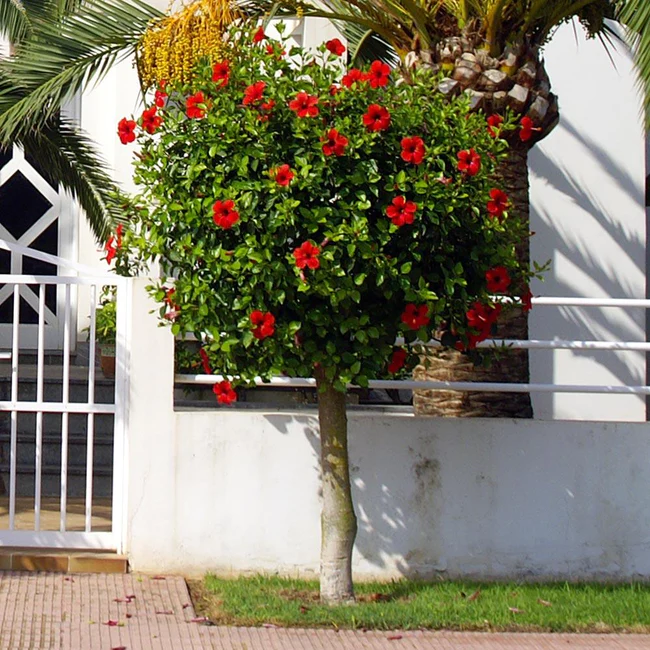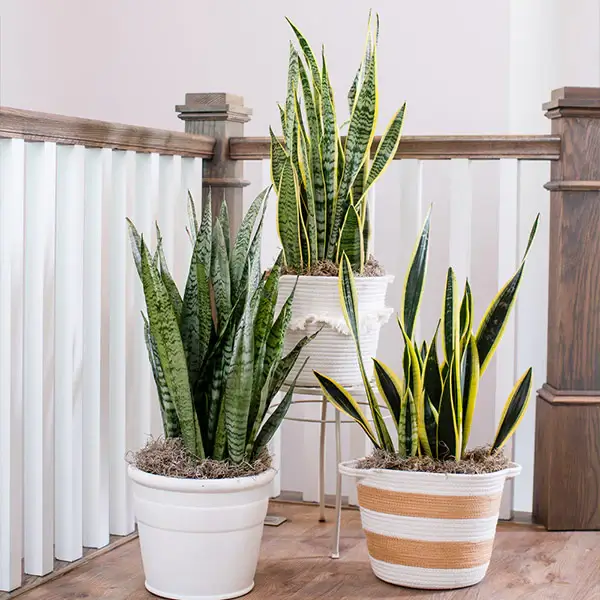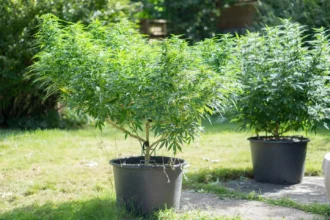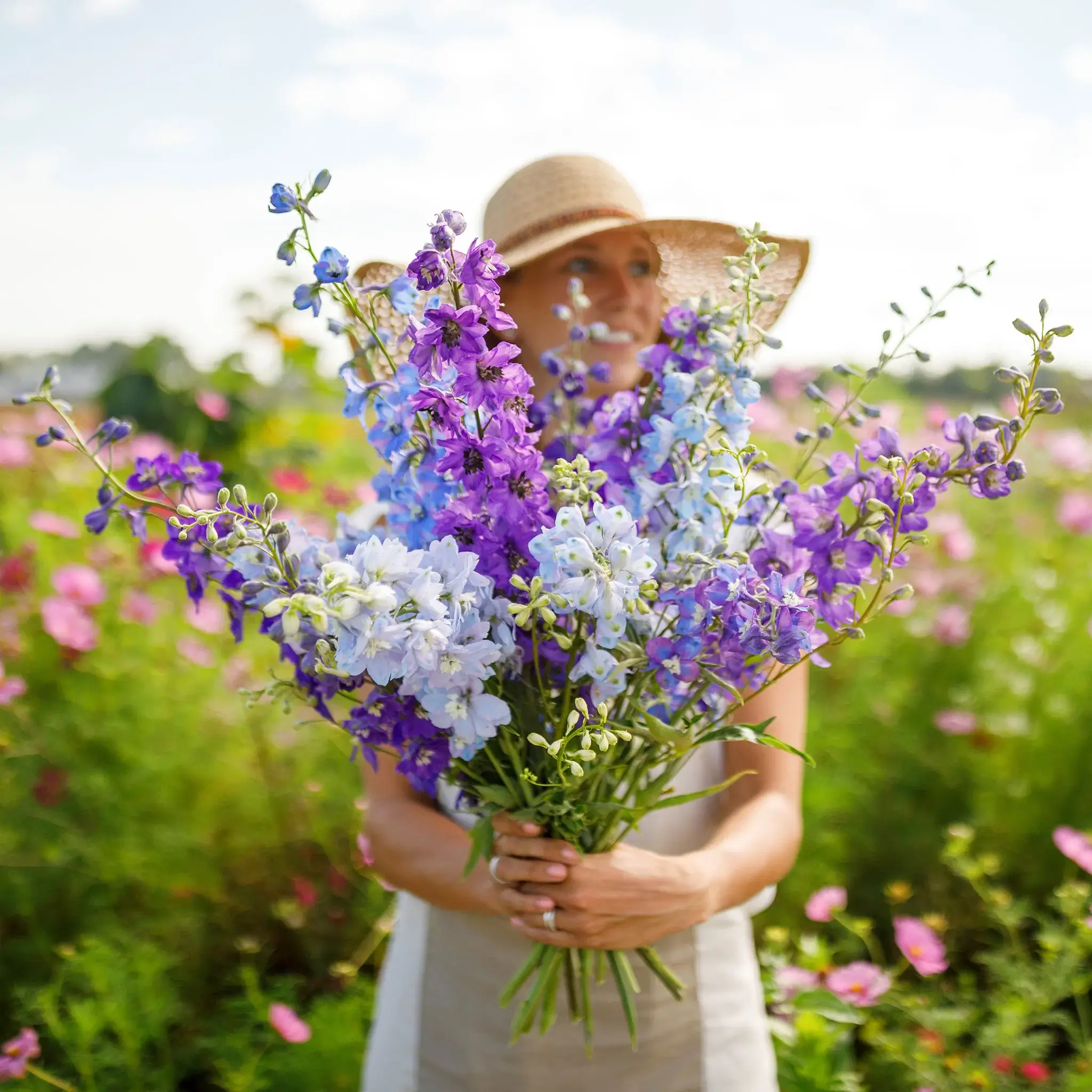The beautiful and exotic bloom of the hibiscus plant serves as an excellent focus point in any garden. Because of the large and vibrant flowers that these plants produce, your backyard will feel like it’s been transported to the tropics. Hibiscus, on the other hand, can pose some particularly difficult problems for inexperienced gardeners, both in terms of its ability to develop and its care requirements. In this article, you will learn everything there is to know about hibiscus plants, including how to cultivate them, how to ensure that they remain healthy, and how to ensure that they bloom.
According to the collected evidence, hibiscus plants have widespread popularity across the globe, particularly in the geographical regions that may be classified as tropical or subtropical. Their large, eye-catching flowers lend themselves well to a variety of purposes, including those in the decorative and therapeutic realms. You are going to get knowledge about the various kinds of hibiscus, the best conditions for cultivating them, and the best practices for looking after them in order to ensure that they thrive after you read this article.
How To Care Hibiscus Properly
Hibiscus plants are generally simple to care for, but it is necessary to have some familiarity with their individual requirements in order to do it successfully. Taking proper care of hibiscus plants involves the following steps:
1. Light
To be healthy, hibiscus plants require a great deal of exposure to sunlight. It is recommended that they be planted in a location that is exposed to direct sunshine for at least six hours every day.
2. Watering
The soil around hibiscus plants should be kept consistently moist; nevertheless, they should not be overwatered. Always make sure to examine the soil, and you should only water when the top inch of the soil is completely dry.
3. Soil
Hibiscus plants do best when grown in soil that has good drainage and has high in organic matter content. If the soil in your yard is heavy or clay-like, amending it with sand or perlite will help it drain better.
4. Fertilizing
The application of fertiliser on a consistent basis is beneficial to hibiscus plants. During the growing season, use a slow-release or a water-soluble fertiliser once every four to six weeks at regular intervals.
5. Pruning
Regular pruning of hibiscus plants will encourage bushier growth and more blooming of the plant’s flowers. Remove dead or diseased flowers and cut down straggly stalks.
6. Pest and Disease Control
Spider mites and whiteflies are frequent pests of hibiscus plants, so keep a watch out for them. Do not delay in using a pesticide if you see evidence of an infestation. Take precautions against common hibiscus illnesses including powdery mildew and leaf spot.
7. Winter Care
Hibiscus plants lose their leaves and fall dormant in the winter. Be sure to bring them inside or cover them with a frost blanket to keep them safe from the cold weather.
If you give your hibiscus plants the attention and care that is outlined in this article, you will increase the likelihood that they will flourish and produce stunning flowers for many years to come.
Types of Hibiscus

There are a great number of distinct varieties of hibiscus plants, each of which has its own set of individual qualities and traits. The following are some of the most common varieties of hibiscus:
- Tropical hibiscus: These are the most common kind of hibiscus, and they are famous for the huge, multicoloured flowers that they produce. They are most commonly employed in landscaping and as container plants, and their natural habitats are the tropical and subtropical regions of the world.
- Hardy hibiscus: The ability of these hibiscus plants to thrive in colder temperatures makes them a popular choice for usage in gardens and landscapes in areas with a temperate climate. They are characterized by enormous, eye-catching blossoms and come in a range of hues to choose from.
- Rose of Sharon: This kind of hibiscus, which is indigenous to Asia and is often referred to as Althea, is well-known for the enormous, single flowers that it produces in a variety of colours, including pink, red, purple, and white.
- Swamp hibiscus: This species of hibiscus is indigenous to North America and is well-known for its ability to thrive in moist soil as well as its impressively enormous blossoms.
- Chinese hibiscus: These hibiscus bushes originated in China and are well-known for the enormous, vividly coloured flowers as well as the glossy foliage that they bear.
- Hibiscus rosa-sinensis: It is also known as the Chinese hibiscus, it is indigenous to Asia, and it bears flowers that are enormous and vividly coloured.
If you are familiar with the various kinds of hibiscus plants, you will be able to select the kind of plant that is most suitable for the requirements and conditions under which it will be grown.
Pruning of Hibiscus Plant
It is necessary to trim hibiscuses in order to cause them to develop into a shape that is more full and bushy and to remove any branches that are diseased or damaged. When the plant is dormant, which often occurs in the late winter or early spring, is the ideal time to perform any necessary pruning. If you want to prevent illness from spreading, you should avoid making sloppy cuts that leave stubs near nodes or leaf junctions. It is crucial to the health of the hibiscus plant to prune it on a regular basis if you want it to continue looking its best.
Planting a New Hibiscus Seed
An thrilling and potentially gratifying experience can be had when a new hibiscus seed is planted. The following are the measures that must be taken to assure success:
- Select seeds: Select hibiscus seeds of the highest quality from a reliable vendor.
- Prepare soil: Soil should drain well and be amended with compost if you’re growing hibiscus.
- Sow seeds: Sow seeds a quarter of an inch deep and 2 inches apart.
- Watering: Soil should be kept regularly moist without becoming soaked.
- Light: Make sure the seeds are in a spot that gets plenty of sunlight and heat.
- Germination: Expect germination to take anywhere from two to six weeks.
- Transplanting: If the seedlings have two sets of leaves, they can be moved to individual pots.
- Growth: Water the seedlings frequently and place them in a spot where they can get plenty of bright indirect light.
- Fertilization: Once seedlings have rooted, you can begin fertilizing them with a balanced, water-soluble fertilizer.
- Transplanting to outdoor garden: Seedlings are ready for the outside garden when they are between 6 and 8 inches tall with healthy root systems.
In case you want to try your hand at planting a new hibiscus seed and seeing it bloom into a beautiful flowering plant, here are the steps you need to do.
Frequently Ask Questions
What are the growing conditions for Hibiscus plants?
The optimum conditions for a hibiscus plant are bright, indirect light and a soil that drains well. They require constant wetness and do best in warm, humid climates.
How often should Hibiscus plants be watered?
Water hibiscus plants periodically, letting the soil dry out slightly in between waterings, but don’t let them dry out completely.
What is the best fertilizer for Hibiscus plants?
During the growing season, Hibiscus plants do best when given a balanced, water-soluble fertilizer every two to four weeks.
How can you encourage Hibiscus plants to bloom?
When the days are long and the water is steady, hibiscus plants will bloom. To keep them in good form and size, they may also require periodic pruning.
What are common pests and diseases affecting Hibiscus plants?
The Hibiscus plant can be plagued by aphids, whiteflies, spider mites, and mealybugs. Fungal leaf spots, powdery mildew, and hibiscus blight are typical afflictions.
Related Articles







